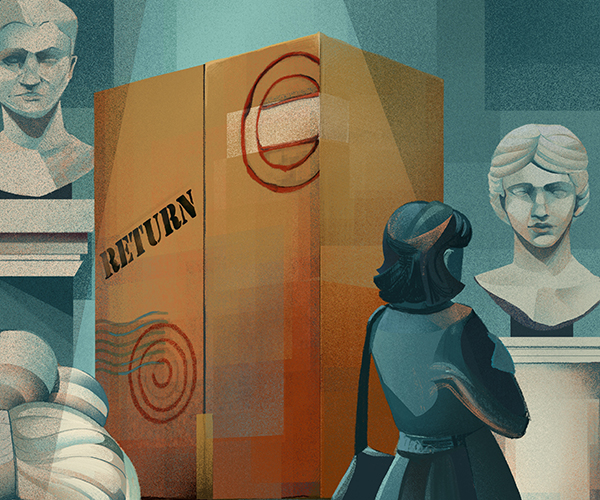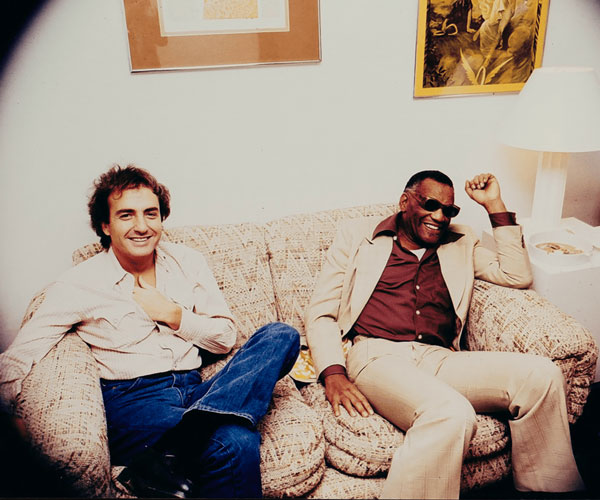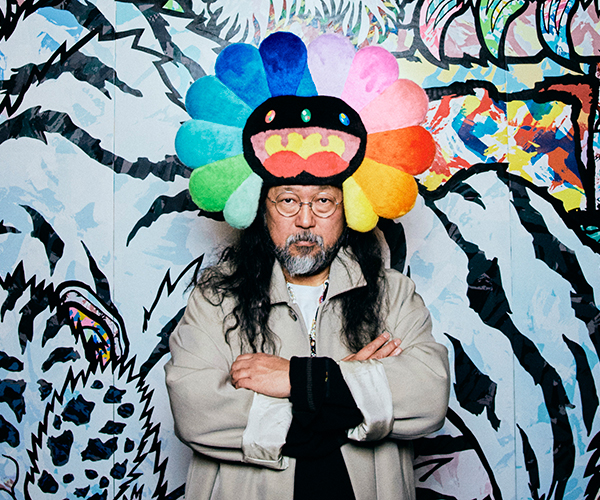Walking through downtown Cleveland during the Republican National Convention, Al Wasco grew depressed. He wanted to combat the hate, anger and divisiveness.
“I started thinking of ways I could bring people together, rather than driving them apart,” says the former Cuyahoga Community College design and media professor. So Wasco launched Black and Blue Side by Side, a photography project that pairs Cleveland police officers and community members of all backgrounds and races together as equals.
About 30 images, captured by photographers Steve Wagner, Billy Delfs, Darlene Beiter and Janet Century, at community events such as Coffee with Cops and Pinball with Police, are on display Jan. 13-15 at the Cleveland Collection Gallery. Wasco hopes they spark a positive public conversation, but many of the photograph subjects felt it had already begun as they stood side by side.
“Tension is natural when you know certain people out there want to hurt you just for wearing the badge, but your reactions are based on the situation, not the way someone looks,” says Justin Setty, a white Cleveland police officer in the 2nd District who posed with Angelo Jessup, an employee at Lutheran Metropolitan Ministries. Police respond to the calls they’re dispatched to, Setty says, so policing knows no color.
But Jessup, who is black, has been the target of what he views as unjust traffic stops. “I have felt profiled, as we all do,” he says. “We can’t hold the police accountable for one cop’s actions, and they can’t view the community as a whole as a problem.”
Participation in projects like Side by Side show the community that the police hear their concerns, says Capt. Keith Sulzer of the Cleveland Community Policing Department. “The Cleveland police are trying harder after the Department of Justice consent decree,” he adds.
But old wounds are tough to heal. Carl Cook, a black charity worker, who posed with officer Martin Lentz of the 2nd District vice unit, recalls what it was like as an addict with a criminal record in the ‘80s. “We were treated like dirt,” he says. Today, however, Cook sees ways to improve communication. “It’s just fear on both sides,” he says. “We just got to start sitting down and talk.”
Many feel fear stems from an inability to see the other side.
“We don’t want the public to group us together because of an incident with one officer,” says Anna Mercado, a community policing officer. “I want them to see all the good we do.”
Side by Side is a small step, Mercado says. “If we can take a picture together, maybe someone who is a little reluctant will feel more comfortable opening up conversation with a police officer.”




